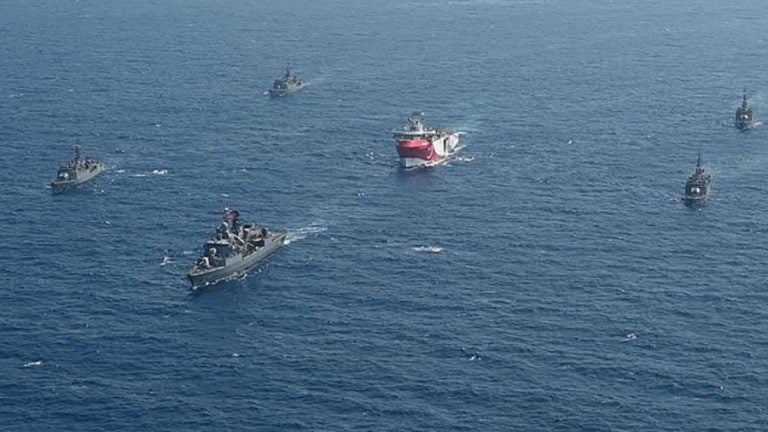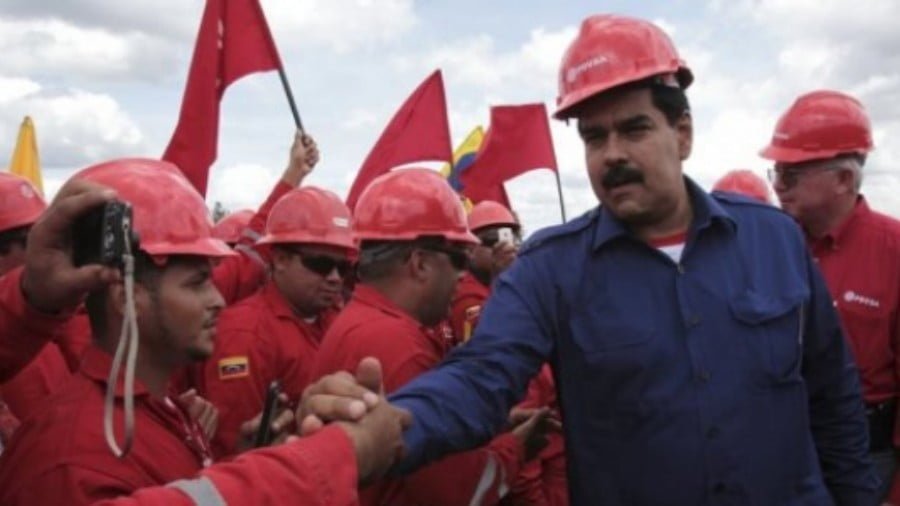Western Development Finance Institutions: The Misuse of Aid to Ukraine Risks Serious Consequences
In May this year at a meeting in Japan, the G7 development finance institution (DFI) decided to create the Ukraine Investment Platform. At the heart of the idea is a good cause – to help rebuild Ukraine. If you look at it from the outside, there is no problem, the development banks, including the European Bank for Reconstruction and Development (EBRD), are doing what they should be doing, which is restoring and developing the economy. But this is only at first glance. In fact, the entire involvement in financing Ukraine on the part of the EBRD and other development finance institutions from the EU, the US, Japan, and Canada, could prove devastating for them. And not from image-related or political reasons positions, but for purely economic and institutional reasons.
First off, development finance institution, and specifically development banks, are specialist credit organizations whose primary activity profile includes lending “long money,” typically for significant infrastructure projects and the purchase of long-term fixed assets. Due to the lengthy maturities of the financing, commercial banks are not interested in the types of funds connected to such expenditures. Development banks, on the other hand, initially focused on such projects, draw money from governments or funds and collective investors geared toward long-term investments.
The fundamental point here is that the activities and scope of DFI projects are limited precisely by the sources of their funding, that is, by their ability to raise funds to perform their direct functions. This is because development banks generally cannot raise funds by issuing equity. They are compelled to pay coupons at genuine market rates by listing debt instruments on the financial markets. The only indulgence here is that in some cases, the bonds of development finance institutions acquire the highest sovereign status (that is, in some ways they are equal to government bonds), which makes the cost of borrowing somewhat cheaper.
From this, a simple conclusion can be drawn: to be financially sustainable, development finance institutions such as the EBRD must invest in long-term projects that provide financial returns at least as good as government bond yields.
Returning to the idea of a deeper involvement of European development finance institutions in investing in Ukrainian economics, this is where the first question arises. How can Ukraine’s crumbling economy guarantee the implementation of significant long-term projects that will produce the required cash flow? Admittedly, a while ago, during the period of near-zero interest rates, long money could be raised by the DFI in the European market almost for free and, therefore, the requirements for the projects would be minimal. But now the situation has changed and funding costs tangible money. On June 15, the eurozone key rate was raised by the ECB to 3.5%, which means that raising funds, for example, for the EBRD cannot cost less. Given the situation in which Kiev finds itself, one can hardly hope for its ability to implement long-term projects, with a sustainable financial return at that.
Therefore, it becomes obvious that the active attraction of investment in Ukraine by European development institutions is fraught with significant losses for them, which will eventually lead to the loss of financial stability of these valuable organizations. One gets the feeling that a political movement demanding “everyone contribute” in order to help Ukraine may harm development finance institutions. But this begs the question of whether there really is a need to risk such important and long-established institutions, whose role must extend far beyond engaging in “ceremonial” acts of assistance.
For example, last year alone the EBRD invested 1.7 billion euros in Ukraine, a comparable amount will be invested this year. Thus, the total investment in one country will exceed 3 billion euros, while the total investment portfolio of the bank in 2022 reached 13 billion euros. But despite the fact that Kiev accounts for a quarter (!) of the entire investment portfolio of the bank (which no longer looks like a responsible financial policy of a sustainable bank), the EBRD itself admits that the Ukrainian investments account for more than 60% of the total risk of the bank. All together, this sounds like a ready-made recipe for substantial problems for a credit institution.
At the meeting in Japan, it was also said that the development finance institutions will try to raise funds from private investors to help Ukraine. Again, it sounds like a fantastic idea, but how does it work in practice? It is possible to invest money in the Ukrainian economy under current conditions… But this in a market economy is done by specialized types of investors – high-risk, short-term speculators who are willing to provide short money at a very high price. That is quite fair, because Western rating agencies have already issued pre-default “junk” levels of credit ratings to Ukraine, which generally reflects the real state of affairs in an unemotional way.
Obviously, the DFI are, to put it mildly, the opposite of such speculative players. In other words, are reputable Western development institutions going to lure private investors to participate in dubious investments in Ukraine? This author would rather not contemplate that level of cynicism. If all risks are absorbed by the DFI, i.e., ultimately by governments, the issue of why involve development banks in this inappropriate task emerges.
Another worry is that the DFI, by becoming actively involved in politically driven aid to Kiev, are not only jeopardizing their financial viability, but are also drifting away from the original goals for which they were established. Here, the cut in financing in national jurisdictions may be brought up, i.e., in their own nations, which are still struggling to recover from the pandemic and the current sanctions war. It is also important to remember that a lot of Western development finance institutions simply do not have a mandate to invest internationally or outside their region, making the idea of getting them to engage in the Ukrainian economy problematic.
Nor should one forget that, in principle, resource-limited DFI divert their money to a single country, far from being the poorest, while dozens of the poorest countries in Africa, Asia, and Latin America have suffered for decades from a lack of infrastructure and basic social facilities. The special funding of Ukraine may finally damage the legitimacy of the DFI, eroding their position precisely where they were expected to dominate, despite much rhetoric that development banks and institutions were established to address these issues.
Finally, one of the biggest contradictions arises when you remember that beyond the Ukrainian story, globally, all countries face the challenges of the environmental agenda, i.e. “greening” the economy, the energy transition, improving resource efficiency, and more. After all, it was in providing assistance in these areas that development banks had to prove themselves. This is fully consistent with their mandates, their goals and objectives. In most cases, “green” projects with adequate planning are just able to provide, albeit with a long implementation period, the necessary financial return that would ensure the sustainability of DFI. What do we see now? There is an obvious conflict between this direction and the campaign to help Ukraine. In other words, all these environmental goals and projects, important to the entire world, are essentially being sacrificed to the momentary political demands of “demonstrating unity in helping Kiev.”
And at the same time, the hard-earned development finance institutions are being sacrificed.
One might think that the author is being overly dramatic. Perhaps. But opening the annual financial report of the EBRD last year, you can easily find the first net loss of 1.2 billion euros in at least 5 years (compared to a profit of 2.5 billion euros a year earlier).
Is it related to the bank’s bias towards investments in Ukraine? This question can be left open, but such a severe deterioration in the financial condition of one of the world’s largest development banks in any case makes you wonder whether the right decisions are taken by its management, and whether the right strategy is being implemented.







